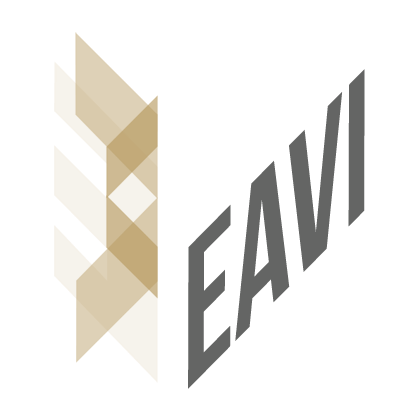The evolution of live visuals with depend on a combination of social, economical and technological changes. Here is a list of emerging trends that in my opinion will affect its practice. The list will become quickly obsolete, as more trends will appear constantly. Many of these trends relate to examples identified in research or sites/events such as Ars Electronica or CreativeApplications.net. The list could be expanded with links to such examples.
TECHNOLOGICAL
Networks and browsers
– networked performance/jamming, local and remote networks
– content sharing (specific sites for media, ex Flickr, SoundCloud, but also BitTorrent)
– social networks (another form of sharing)
– HTML5, WebGL
Hardware and media playback
– mobile and ubiquitous computing (high computational power in mobiles, tablets, watches, wearable computing, intelligent fabrics etc)
– intelligent architectural mapping (combining CV and depth sensors with projection mapping)
– increased computational power in “consumer” computers for immersive media environments (audio and visual multichannel)
– AR and VR technology (ex: Oculus rift etc)
– 3D visuals and sound
– flexible displays
– Portable projectors and speakers
– Maker culture, hacking (ex: Arduino, Raspberry Pi; circuit bending; 3D printing and projection mapping)
– Robotics, drones (ex: projection mapping with/into robots/drones)
– Robot lights and lasers
– Large-scale LED screens embedded in architecture
– Integration with interior design (dedicated “frames” such as sedition art)
– Integration with musical instruments
– combination with other physical elements and multi-sensorial stimulation (ex: water, smoke, fire, scents, temperature, vibration)
Interaction
– gestural / physical / embodied / tangible interaction; body/brain sensors
– mobile and ubiquitous computing for interaction
– combining projection mapping with body / interaction (ex: dance)
– audience interaction
SOCIAL
– “consumer” as co-creator
– artist as teacher / knowledge sharing
– LV performer as cross-media artist (also maker of installations, mobile apps, tools, websites, etc)
– LV performer as transmedia storyteller (extending “traditional” media films, books, music albums etc into performance)
– importance of peer-to-peer gatherings and communities (ex: VJ London, Video backspace, etc)
– “guerrilla” VJing, motion street art, and activism
ECONOMICAL
– crowd funding (ex: Kickstarter)
– micro-payments (“apps”, in-app purchases, etc)
– role of ads and sponsorship (ex: Google DevArt)
– entrepreneurship (getting external funding; balancing commercial and artistic projects and everything in-between)
– commoditisation of media art (ex: sedition art)
